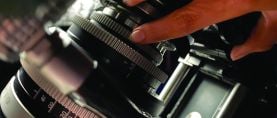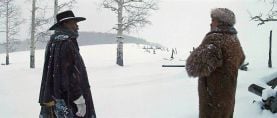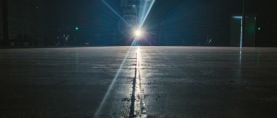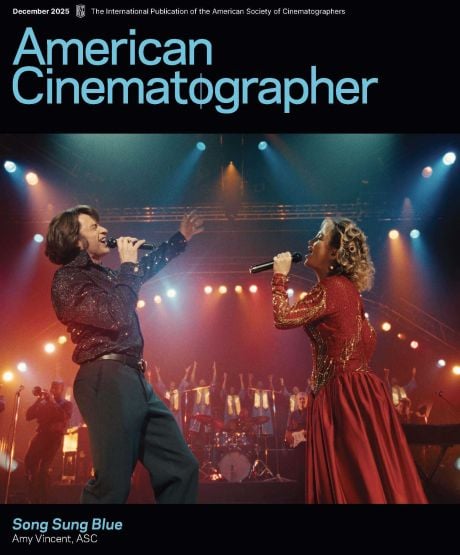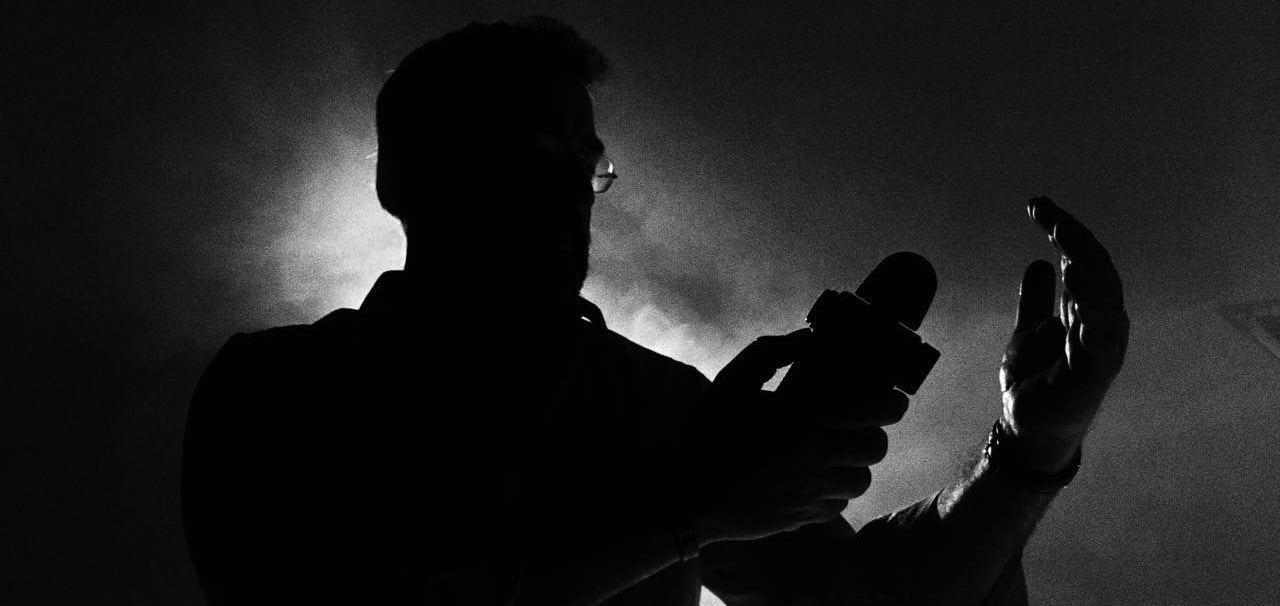
The Best of Shot Craft: 8 Indispensable Cinematography Lessons
Eight selections from Jay Holben's award-winning "how-to" column.

American Cinematographer's Shot Craft, written by ASC associate member and AC technical editor Jay Holben, has long explored essential cinematography topics, including fundamental concepts, formats, exposure, lighting and electricity, optics, travel and location work, filmmaking techniques, relationships, and communication and career building.
To celebrate Shot Craft's 2025 Folio: Eddie Award win (for Best Example of Service Journalism in the "Instructional / How-To" category), AC is proud to pull some of the renowned column's greatest hits from our online archive. You can also find these stories — and many more — in the pages of AC, and in the anthology volume American Cinematographer’s Shot Craft: Lessons, Tips & Techniques on the Art and Science of Cinematography (available for purchase at the ASC Store).
The Cinematographer’s Reel

"The reel is the cinematographer’s calling card," Holben writes. "It's often the first impression made on a prospective employer, and offers a short window to demonstrate your skills, style, sensibility, experience and talent. Creating such an invaluable tool would seem to be a simple endeavor, but controversy and confusion abound regarding the humble reel."
Analyzing a Script
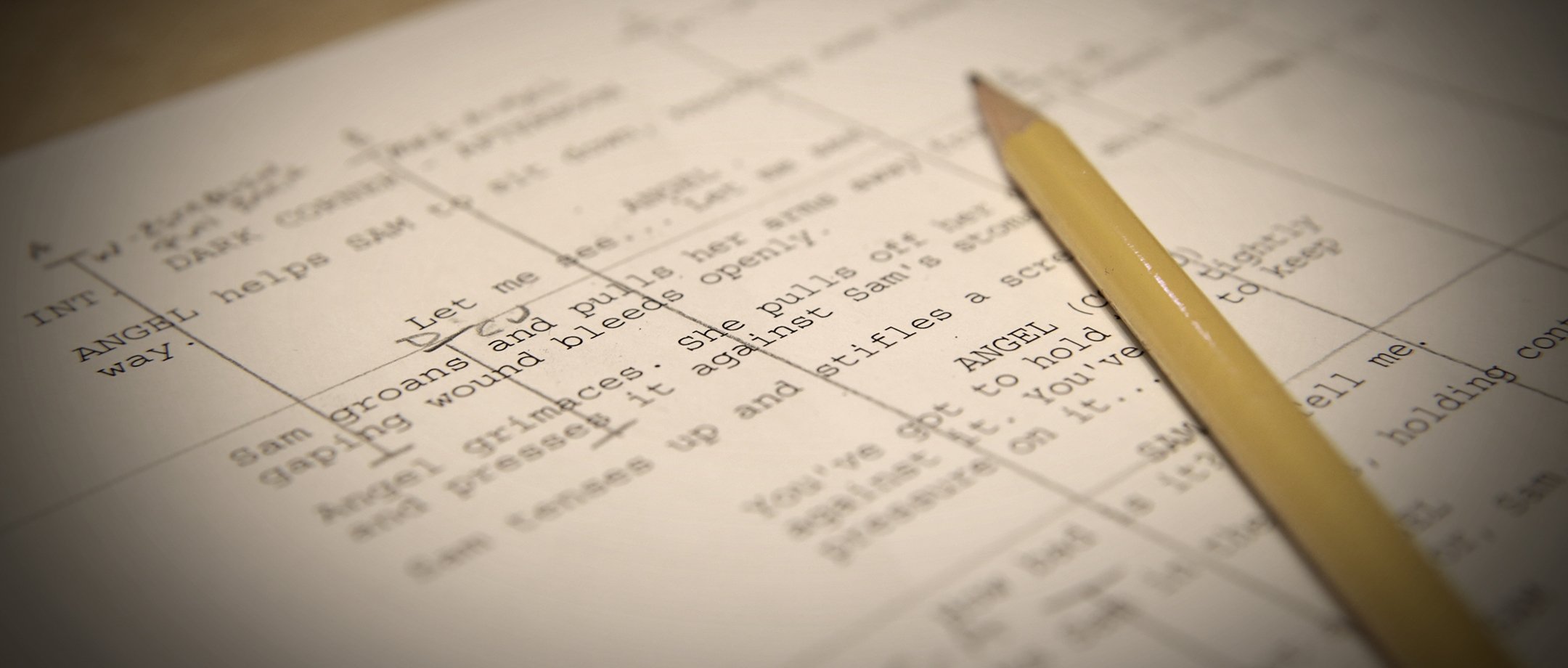
Whether it's narrative or documentary or advertising, "cinematography is visual storytelling." So, you got the job, and now you have the script. What's your next step? "Many cinematographers will testify that they try not to visualize the script on the first read. Instead, they will distill the script to the essence of the story." Holben breaks down the many-layered script break-down process, and shares insights on the subject from ASC members Todd A. Dos Reis, Greig Fraser, Paul Cameron, Polly Morgan, and David Mullen.
Light Quality 101
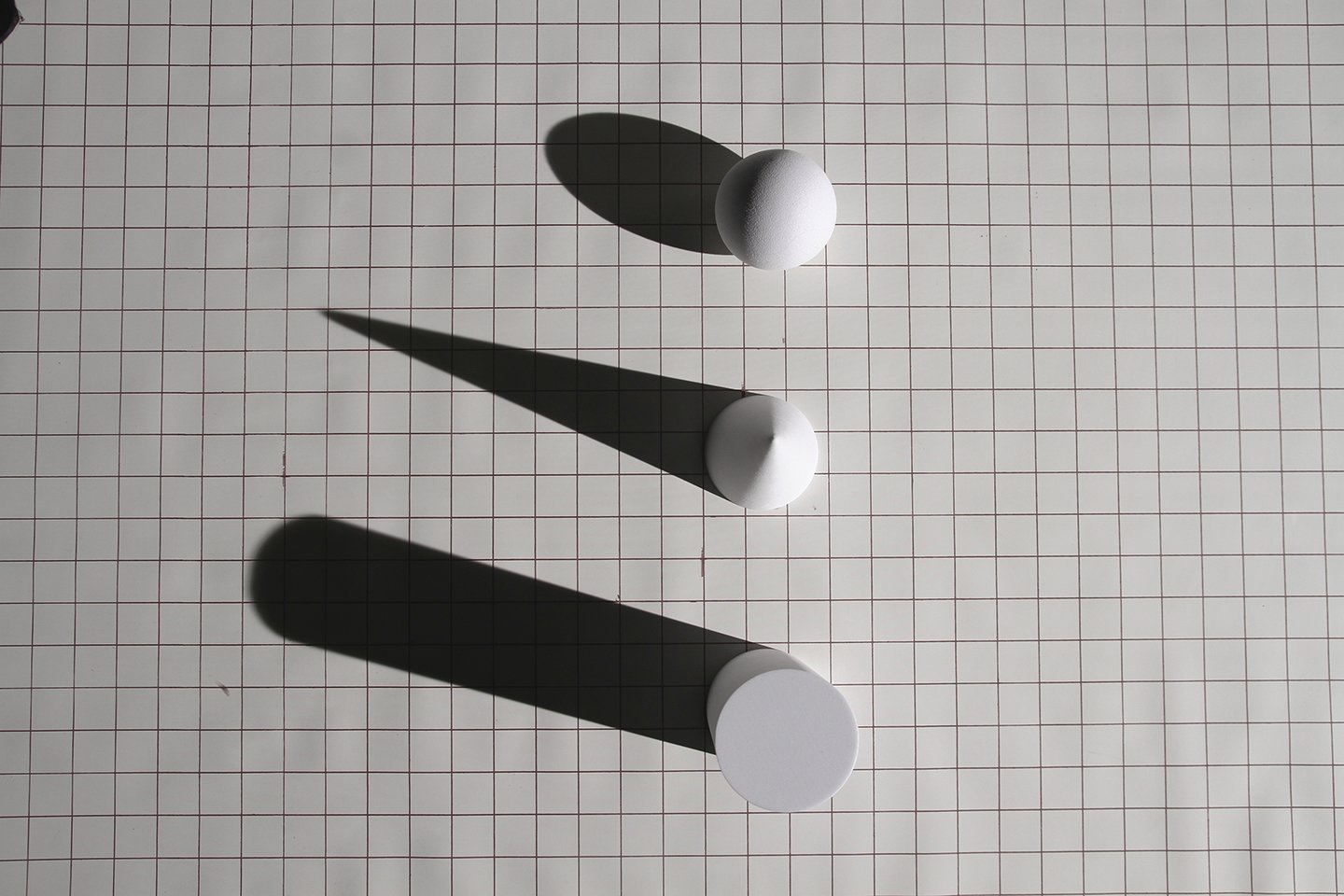
Light is the most important instrument of the cinematographer, and "like a fine instrument, light must be modulated for every different mood and activity of man," wrote architect Paul Jacques Grillo. According to Holben, "The primary characteristics of light that a cinematographer must learn to master are: intensity, color and quality. Here, we’ll take a look at the fundamentals of quality." This entry includes an explanation of the Inverse Square Law, a bit of physics that every cinematographer, gaffer, and electrician should be familiar with. (See also: Shot Craft: Revisiting — and Updating — the Inverse Square Law.)
Follow the Sun

"Cinematographers working in independent film must learn to make the most of limitations — limited funds, limited time, limited gear, and limited crew — in order to realize the director’s vision. Fortunately, the world is teeming with free natural light. But do you really know how to harness it and shape it to your needs?" After reading this article, you will.
Eye Lights
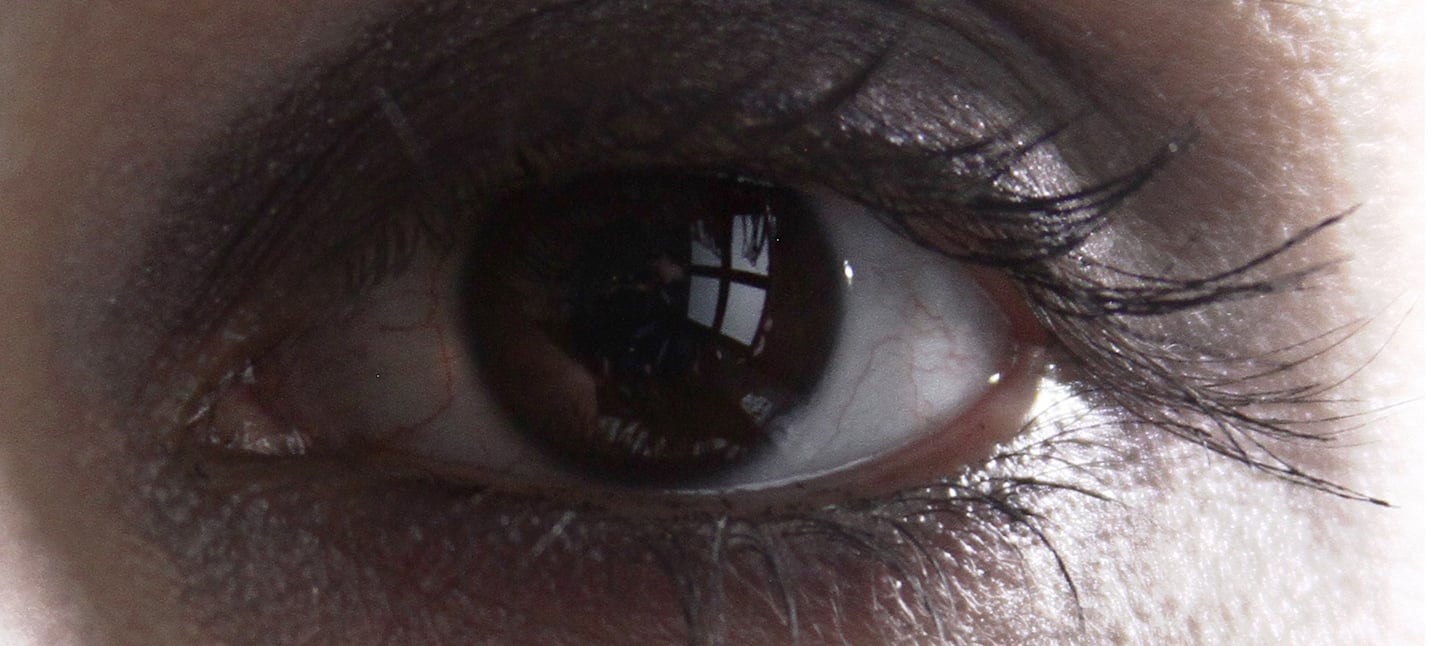
"The eyes are where we most often look when we watch an actor’s performance, and where we find the truth in their portrayal. Having the right kind of look to the actors’ eyes is therefore extremely important — and central to crafting that 'right look' is an eye light, sometimes referred to as a 'catch light' because its reflection will be caught in the curvature of the eye." This is a fundamental element of portrait photography, and you'll be surprised by what you can get away with when you're lighting a shot, as long as you can see your actors' eyes.
The Entrance Pupil of the Lens
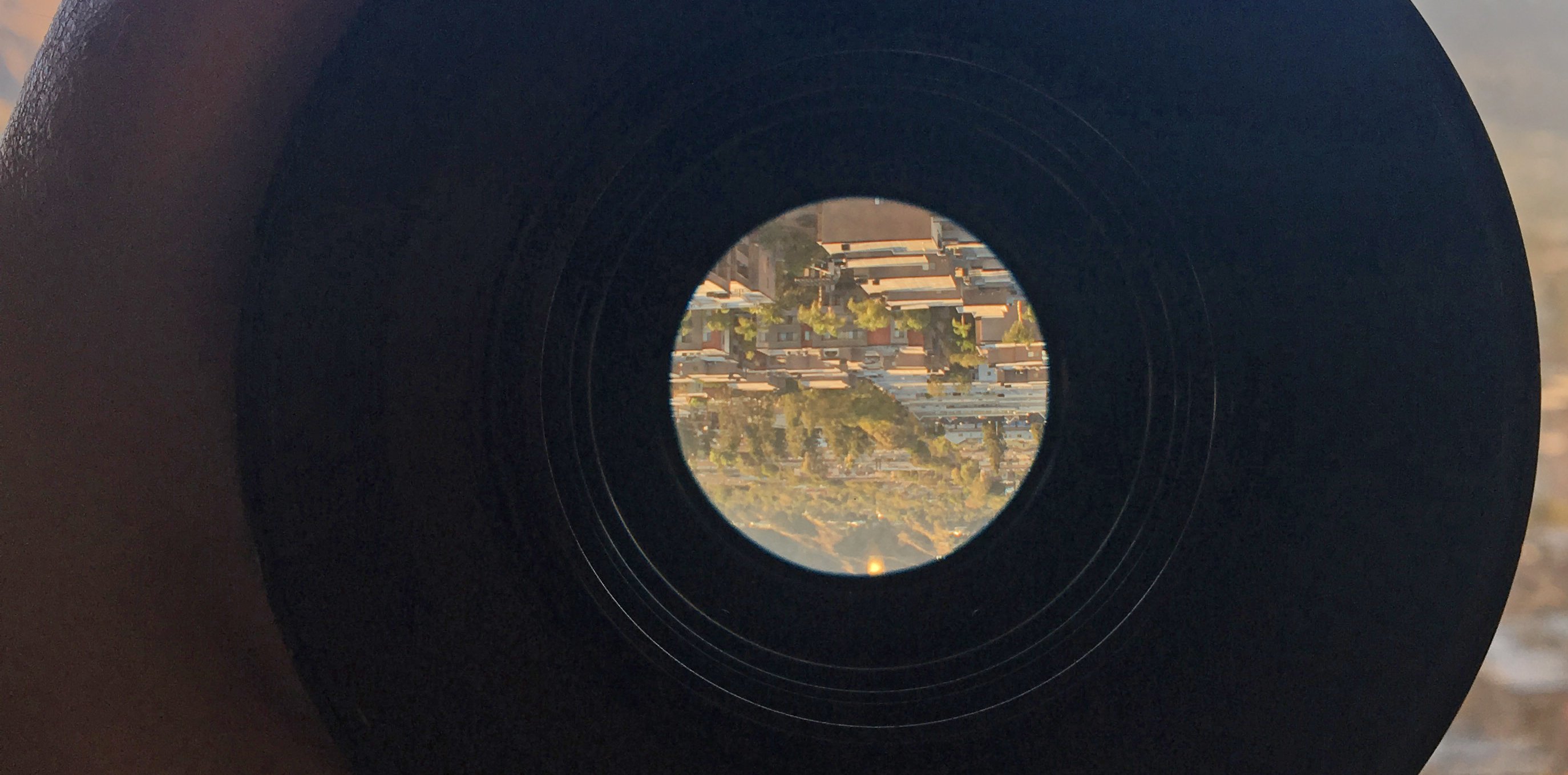
"The entrance pupil is the image of the lens’ aperture stop as seen from the front of the lens — through the glass elements in front of the iris — and that is normally where the iris is located. Why do we need to know this crazy-simple thing? I’ll explain."
The Talking Head — Shooting Interviews

"The visual simplicity of the 'talking head' interview can be deceiving. Often a key element in documentary productions, this particular kind of shoot tasks the cinematographer with balancing proper modeling of the face — putting the subject in the best light (literally) — while maintaining the project’s overall tone and style."
The Ins and Outs of 2nd Unit

"Second-unit crewmembers are among the unsung heroes of production," says Holben. "Generally speaking, the 2nd unit will shoot anything that doesn’t involve the primary talent or that takes a considerable amount of time to complete. Establishing shots, inserts, cutaways, aerial footage, b-roll, stunts, effects, miniatures — all of this and more can land within the 2nd unit’s purview."
